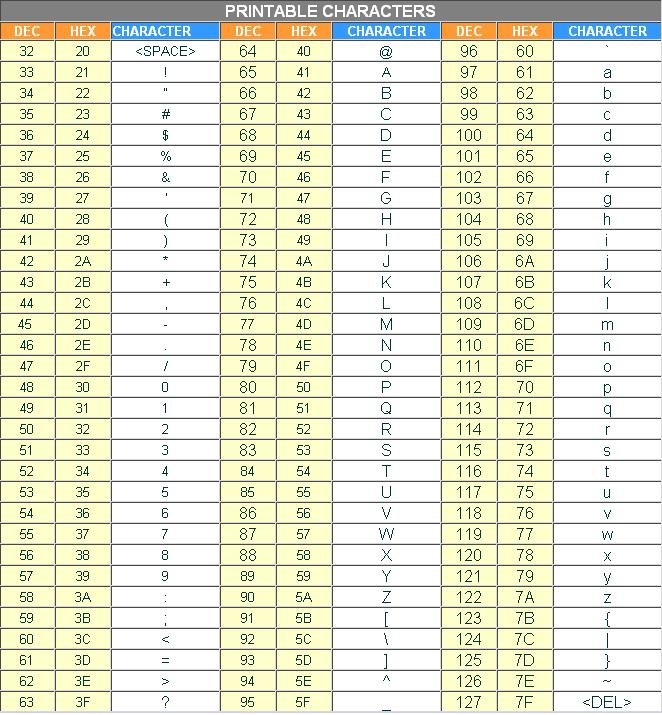HTML URL Encode

A web address can also be referred to as a URL.
A Uniform Resource Locator (HTML URL Encode) might consist of single words, like codingask.com, or multibyte IP addresses, such 192.68.20.50.
Since names are simpler to remember than numbers, most people submit their names when surfing.
URL - Uniform Resource Locator
Web browsers request pages from web servers by using a URL.
A Uniform Resource Locator (URL) is used to address a document (or other data) on the web.
A web address like https://codingask.com/ follows these syntax rules:
scheme://prefix.domain:port/path/filename
Explanation:
- scheme – defines the type of Internet service (most common is http or https)
- prefix – defines a domain prefix (default for http is www)
- domain – defines the Internet domain name (like w3schools.com)
- port – defines the port number at the host (default for http is 80)
- path – defines a path at the server (If omitted: the root directory of the site)
- filename – defines the name of a document or resource
The ANSI Character Set
| Scheme | Short for | Used for |
|---|---|---|
| http | HyperText Transfer Protocol | Common web pages. Not encrypted |
| https | Secure HyperText Transfer Protocol | Secure web pages. Encrypted |
| ftp | File Transfer Protocol | Downloading or uploading files |
| file | A file on your computer |
URL Encoding
URLs can only be sent over the Internet using the ASCII character-set. If a URL contains characters outside the ASCII set, the URL has to be converted.
URL encoding converts non-ASCII characters into a format that can be transmitted over the Internet.
URL encoding replaces non-ASCII characters with a “%” followed by hexadecimal digits.
URLs cannot contain spaces. URL encoding normally replaces a space with a plus (+) sign, or %20.
Try It Yourself
If you click “Submit”, the browser will URL encode the input before it is sent to the server.
A page at the server will display the received input.
Try some other input and click Submit again.
ASCII Encoding Examples
Your browser will encode input, according to the character-set used in your page.
The default character-set in HTML5 is UTF-8.
| Character | From Windows-1252 | From UTF-8 |
|---|---|---|
| € | %80 | %E2%82%AC |
| £ | %A3 | %C2%A3 |
| © | %A9 | %C2%A9 |
| ® | %AE | %C2%AE |
| À | %C0 | %C3%80 |
| Á | %C1 | %C3%81 |
| Â | %C2 | %C3%82 |
| Ã | %C3 | %C3%83 |
| Ä | %C4 | %C3%84 |
| Å | %C5 | %C3%85 |
HTML URL encode
URL
web address
HTTP
HTTPS
domain
path
filename
ASCII
non-ASCII characters
URL encoding reference
HTML
HTML5
HTML tutorials
Learn HTML
Free HTML tutorials
HTML Example
HTML Explained
HTML URL Encode in HTML: A Comprehensive Guide
When it comes to web development, understanding how to properly encode URLs is a crucial skill. URL encoding, also known as percent encoding, is the process of converting characters within a URL into a format that can be safely transmitted over the internet.
In this informative blog post, we’ll dive deep into the world of HTML URL encoding, covering key topics such as:
– What is a URL and its different components (domain, path, filename, etc.)
– The importance of URL encoding for web applications
– How URL encoding works, including the use of ASCII and non-ASCII characters
– Common use cases for URL encoding, such as handling special characters
– A comprehensive URL encoding reference for developers
By the end of this article, you’ll have a solid understanding of HTML URL encoding and how to apply it effectively in your web development projects.
HTML URL Encode: Understanding the Basics
When it comes to web development, understanding URL encoding is a fundamental skill. URLs, or Uniform Resource Locators, are the web addresses that we use to access websites and online resources. However, not all characters are allowed in a URL, which is where URL encoding comes into play.
URL encoding, also known as percent encoding, is a process that converts characters that are not allowed in a URL into a format that can be transmitted safely over the internet. This is particularly important for URLs that contain non-ASCII characters, such as accented letters or special symbols.
The process of URL encoding involves replacing these characters with a percent sign (%) followed by a two-digit hexadecimal value that represents the ASCII code of the original character. For example, the space character is replaced with %20, and the ampersand (&) is replaced with %26.
Understanding URL encoding is crucial for web developers who need to ensure that their URLs are properly formatted and can be accessed by users without any issues. It’s also important for web applications that need to pass data through the URL, such as query parameters or form data.
By mastering the principles of HTML URL encoding, web developers can create more robust and user-friendly web applications that can handle a wide range of characters and scenarios.
